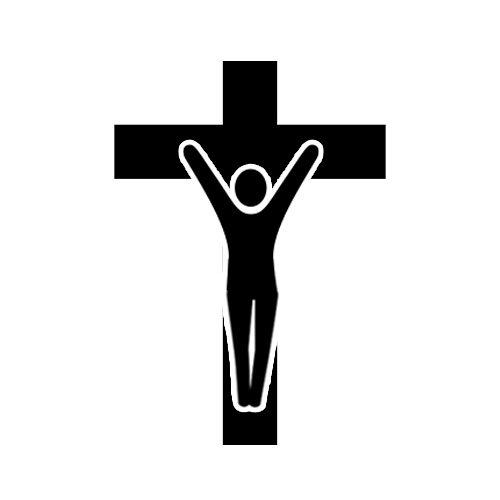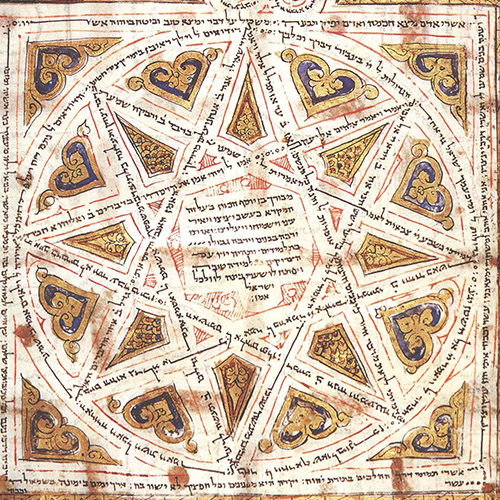About
Access
Read for free
External sources
Primary
Myth
God created everything in the course of six days, as follows: (day 1) the heavens and the earth—effectively the entire universe—followed by day and night; (day 2) a dome to separate heaven and earth; (day 3) land, from which trees and plant life is raised; (day 4) sun and moon; (day 5) creatures that dwell in the ocean, and; (day 6) animals and humans (Adam and Eve), modeled in his image. Afterwards, Adam and Eve ate the forbidden fruit from the tree of knowledge of good and evil. Upon eating the apple and gaining awareness, they were kicked out of the Garden of Eden and forced to live out their mortal days on Earth.
Belief system

Judaism is one of the world's oldest religions and was the basis for Christianity, via the Old Testament (portion of the Bible). It is widely associated with the modern nation state of Israel and is...
Deity

God is the sole deity of the Christian faith, as well as its denominations. This deity is referenced heavily in the Holy Bible and artistically depicted as an older-aged male.
Myths cited
It looks like only the main myth was referenced in this work.
Belief systems cited
Primary
Parchment Scroll
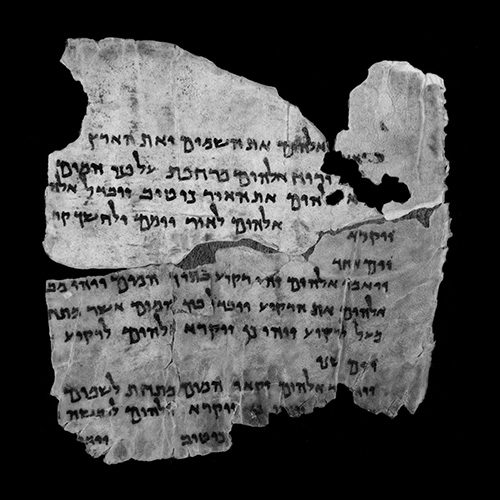
The title primarily deals with this artifact.
Artifacts cited
Library works
Book · 1969
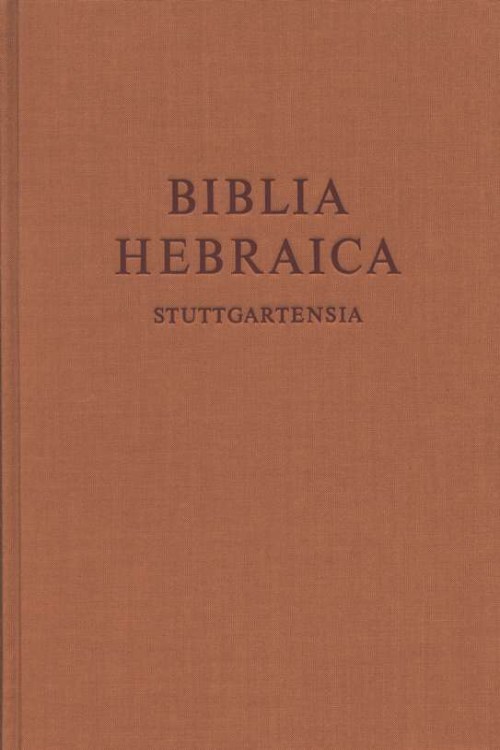
Biblia Hebraica Stuttgartensia is a 1969 publication of the Old Testament of the Holy Bible and was edited by Karl Elliger, Wilhelm Rudolph, and Otto Eißfeldt. It is the fourth edition of the Biblia Hebraica series and published by Deutsche Bibelgesellschaft (Germany). This version uses the Leningrad Codex as a primary source and translates text from Hebrew and Aramaic. It is over 1,500 pages long and includes extensive footnotes.
Manuscript · 1998
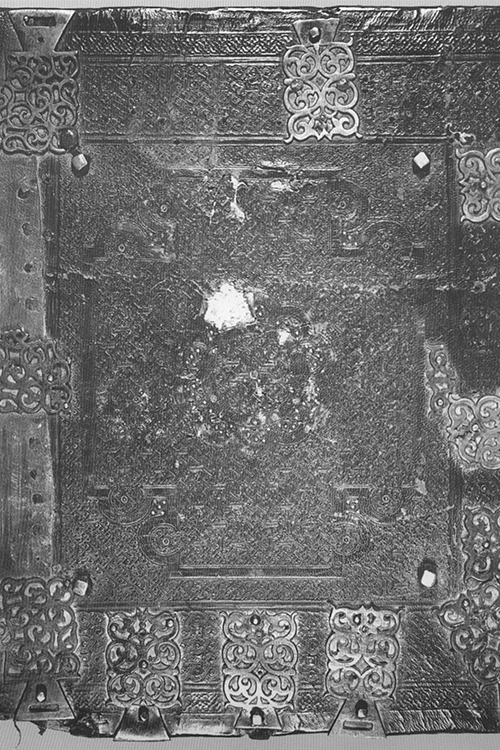
The Leningrad Codex (Cairo Bible) is one of the oldest complete manuscripts of the Hebrew Bible that contains the Genesis creation myth, as well as others. According to its colophon, it was written in 1008 CE by Samuel ben Jacob Jam'a, a scribe. The manuscript is housed at a museum in Russia and is an important manuscript for Biblical scholars.
Manuscript · 1915

The Codex Vaticanus (300-399 CE) is one of the oldest manuscripts of the entire Holy Bible and one of the four great uncial codices. It was written by three scribes in the 4th century of the common era. It contains a hand-written transcript of the New Testament and Old Testament in the Greek language. It is currently at the Vatican Library and shelfmarked as MSS Vat.gr.1209.
Book · 1915
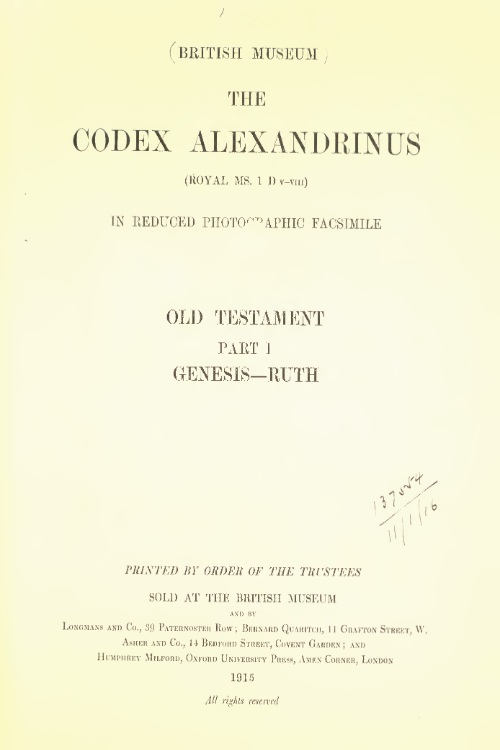
The Codex Alexandrinus manuscript is one of the four great uncial codices. This first part of the Old Testament was released on behalf of the British Museum in 1915. The editor was Frederic G. Kenyon. It contains books Genesis through Ruth.
Book · 1906
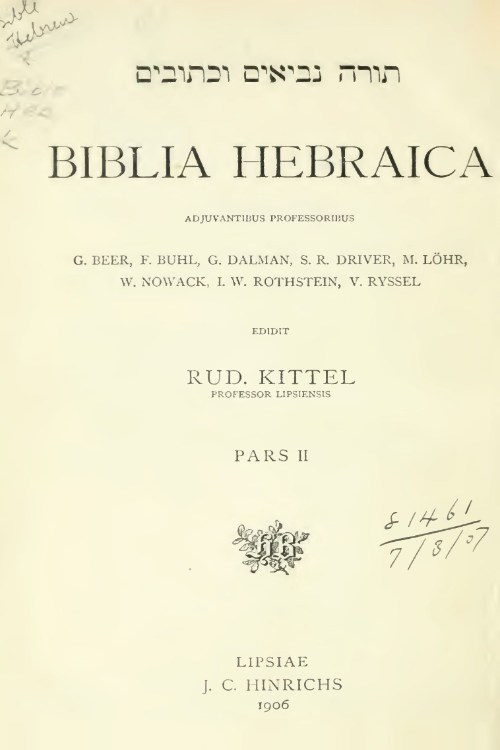
The Biblia Hebraica (Rudolf Kittel version, or BHK) is the first edition of the BH series of texts that contain the Old Testament portion of the Holy Bible. It was first published by Rudolf Kittel in 1906 and includes Hebrew and Aramaic text, along with extensive footnotes. This part contains pages 553-1320 and is based heavily on the Leningrad Codex manuscript. This version would later be supplanted by a Standard version, abbreviated as BHS.
Contributor
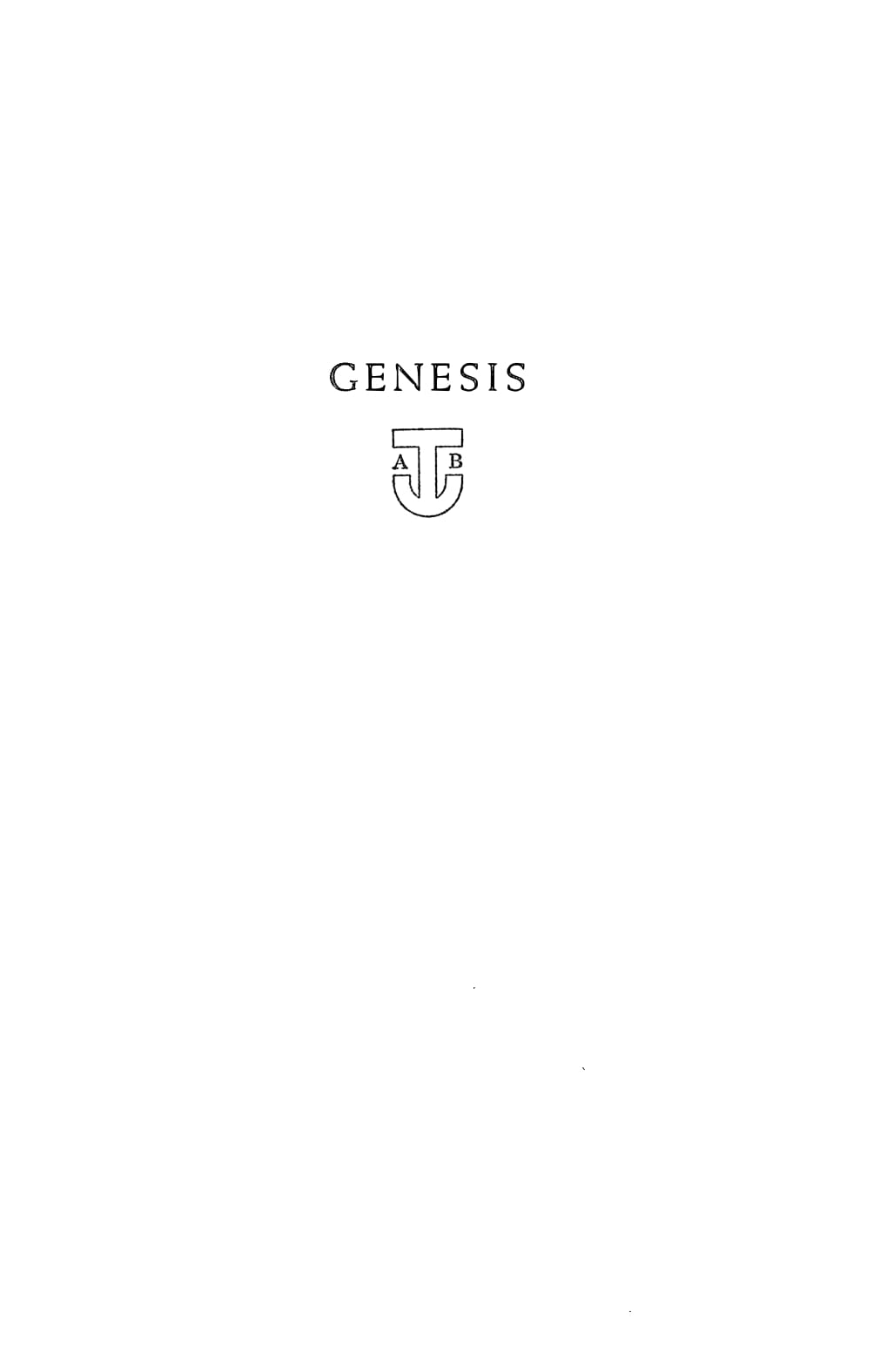
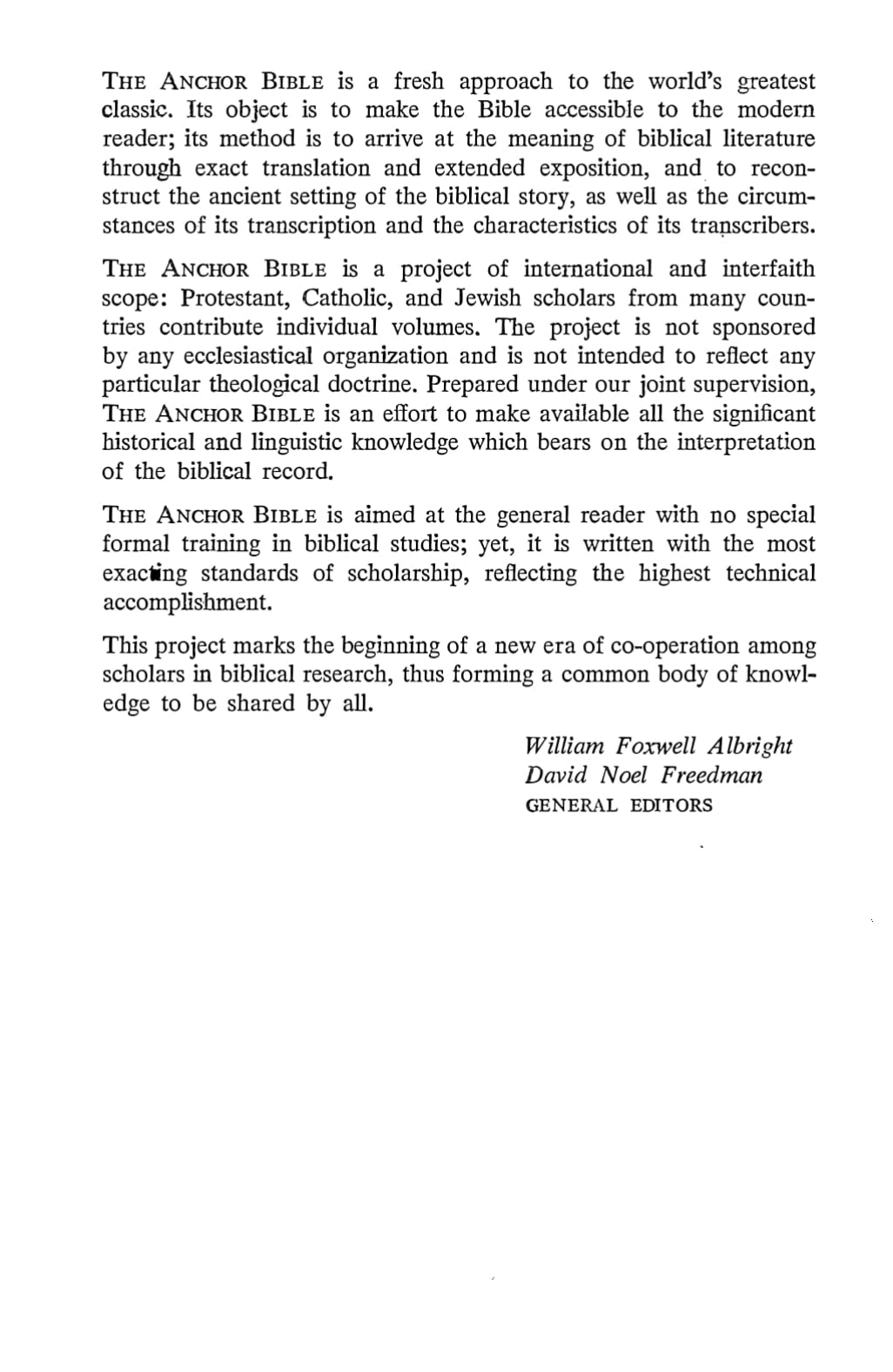
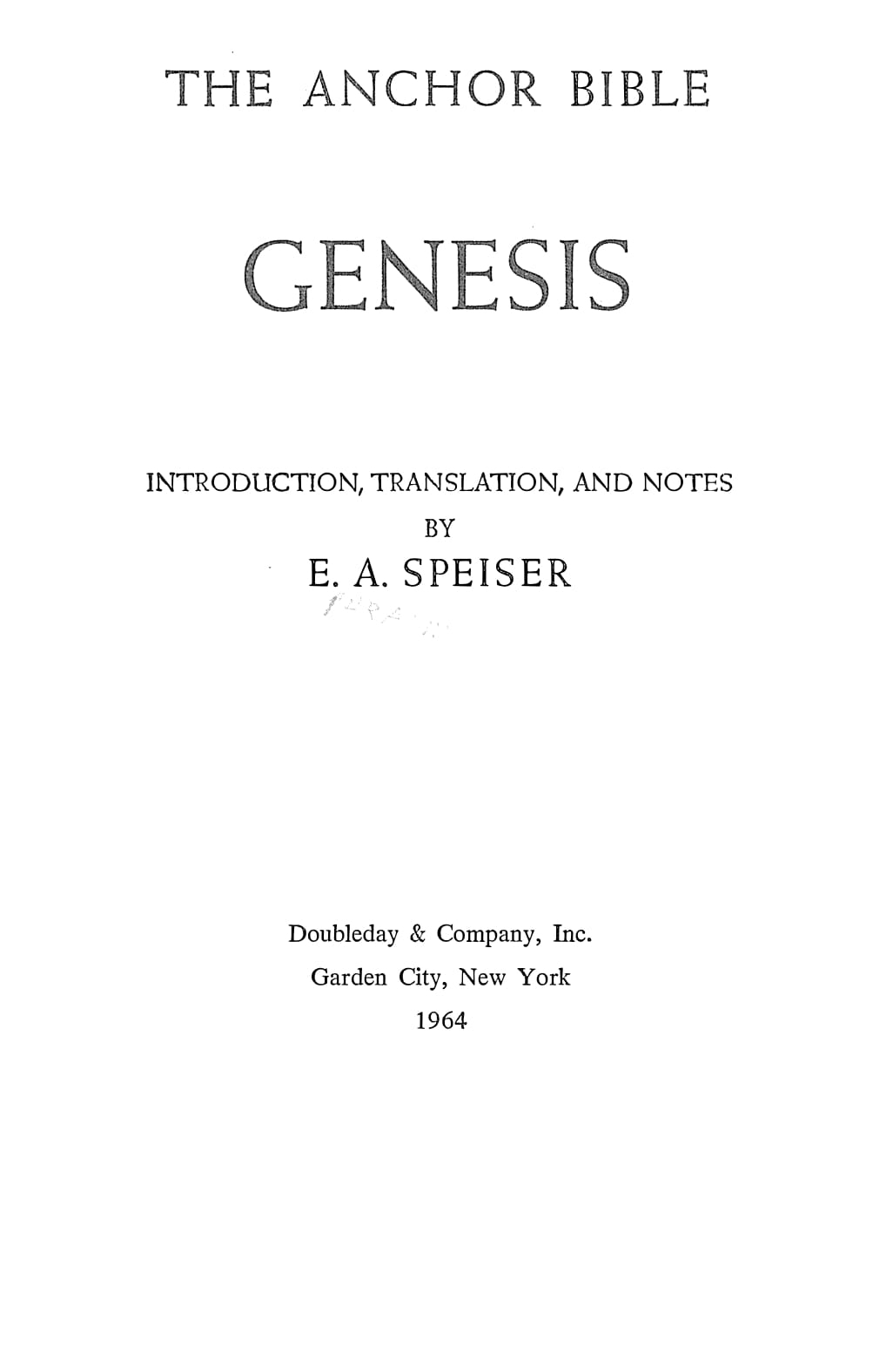
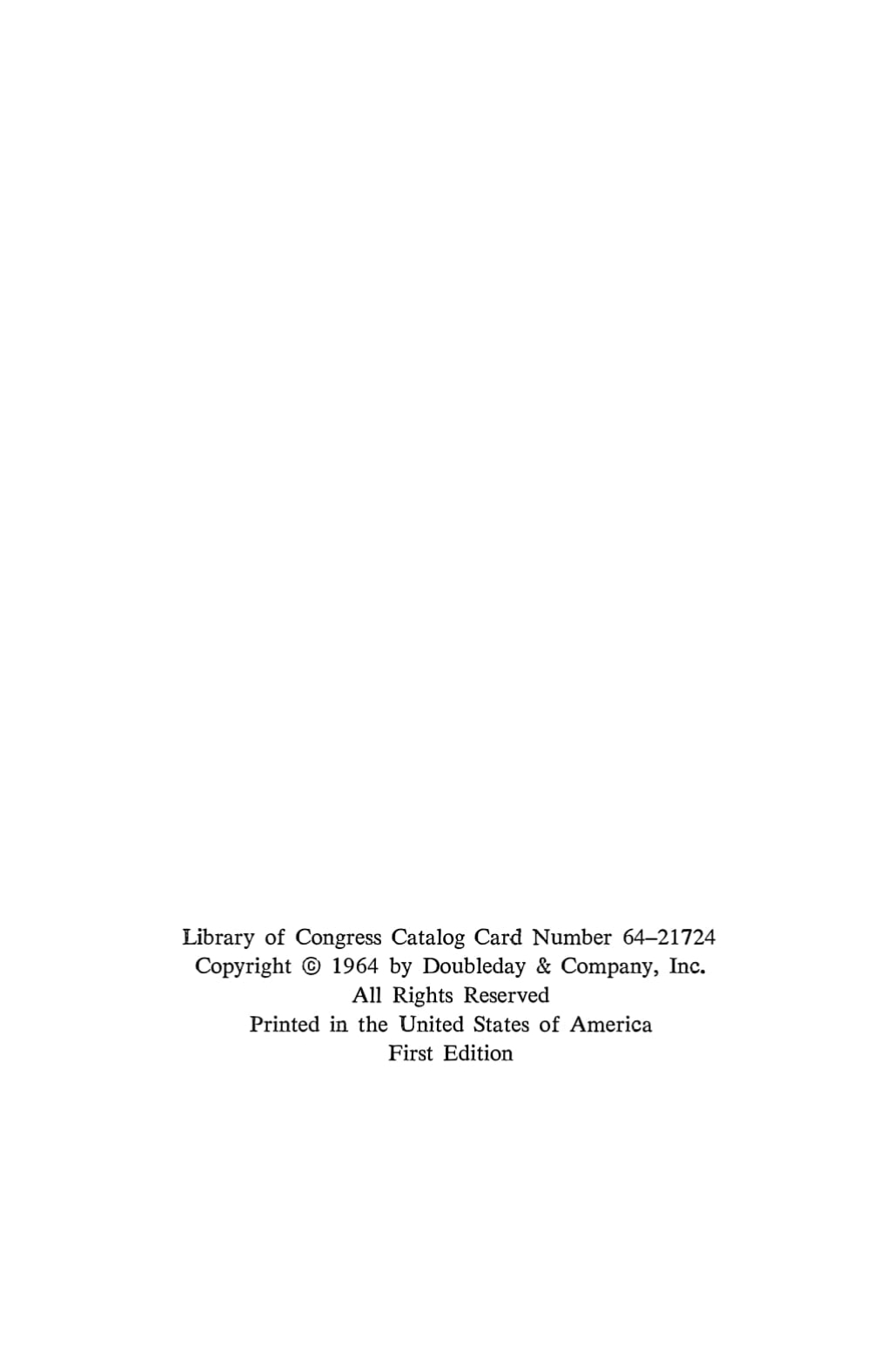
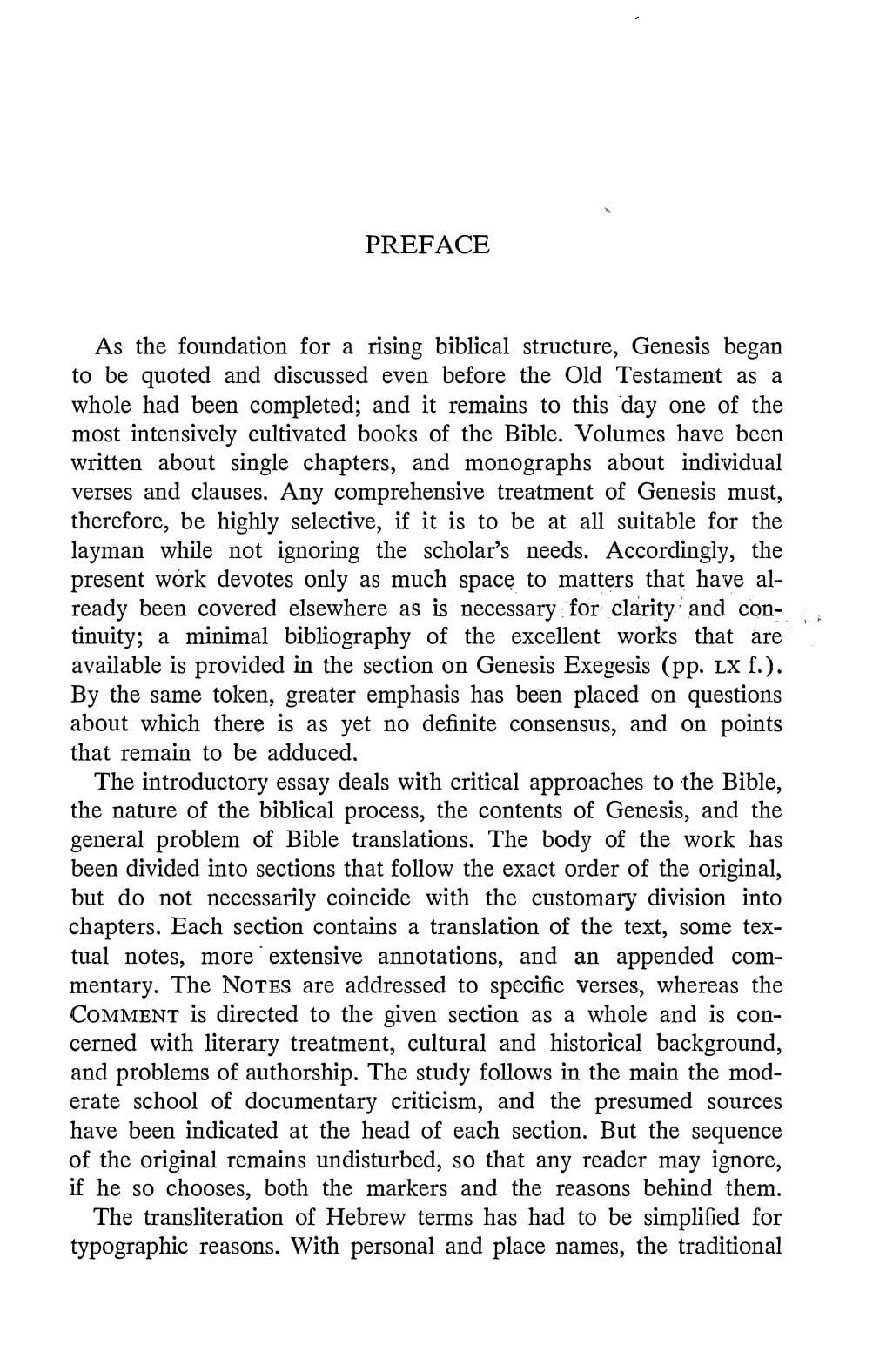
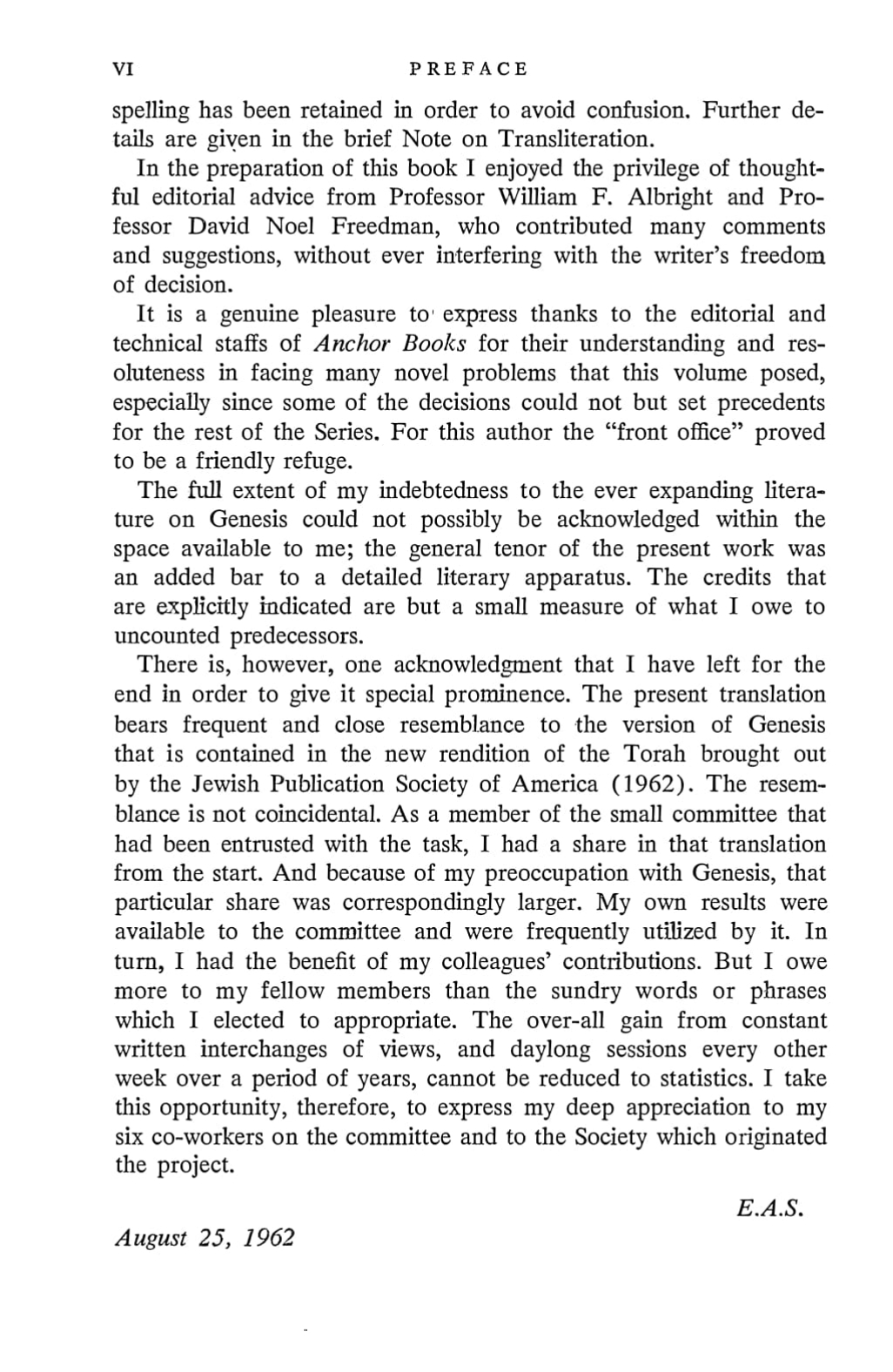
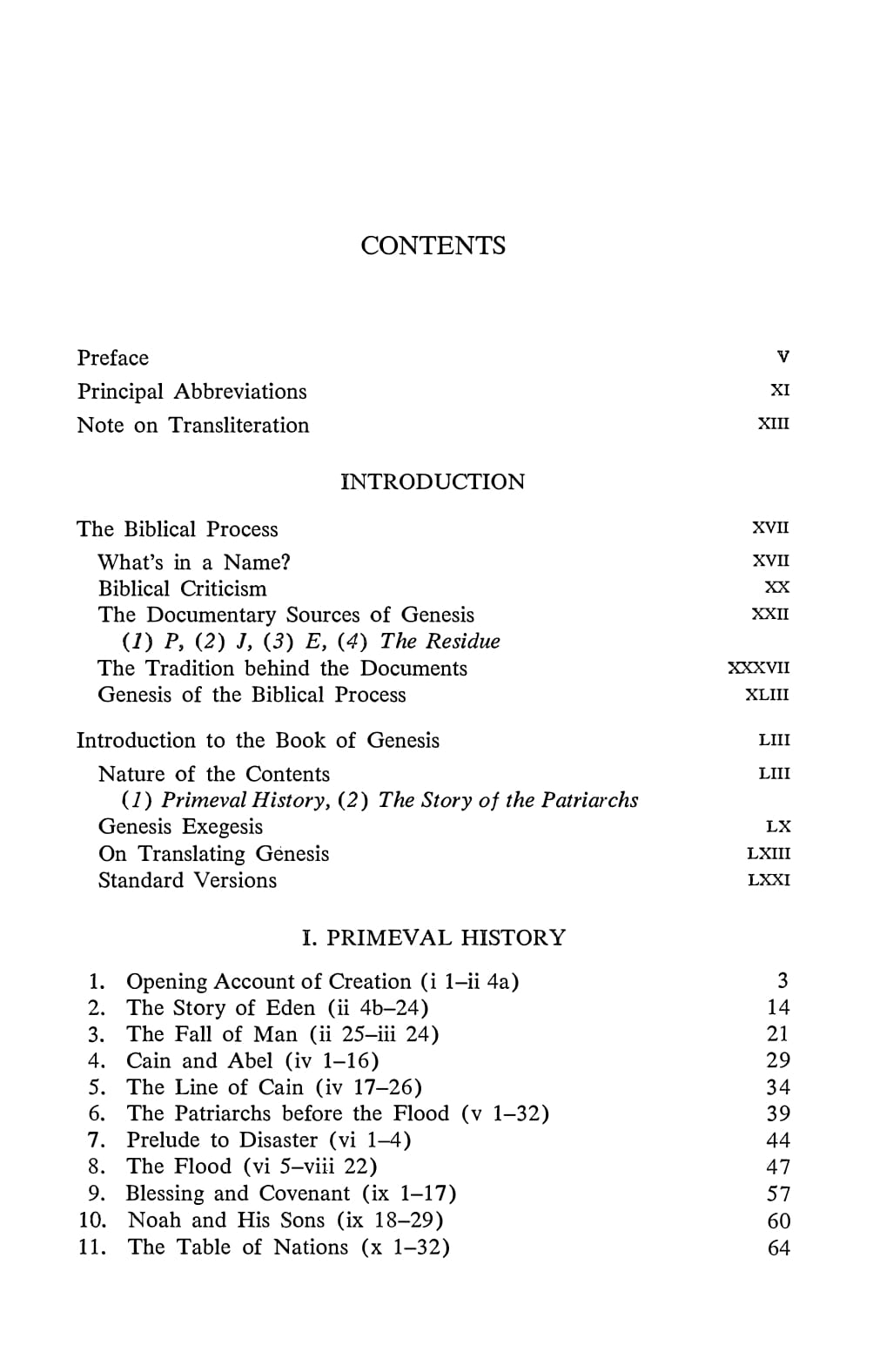
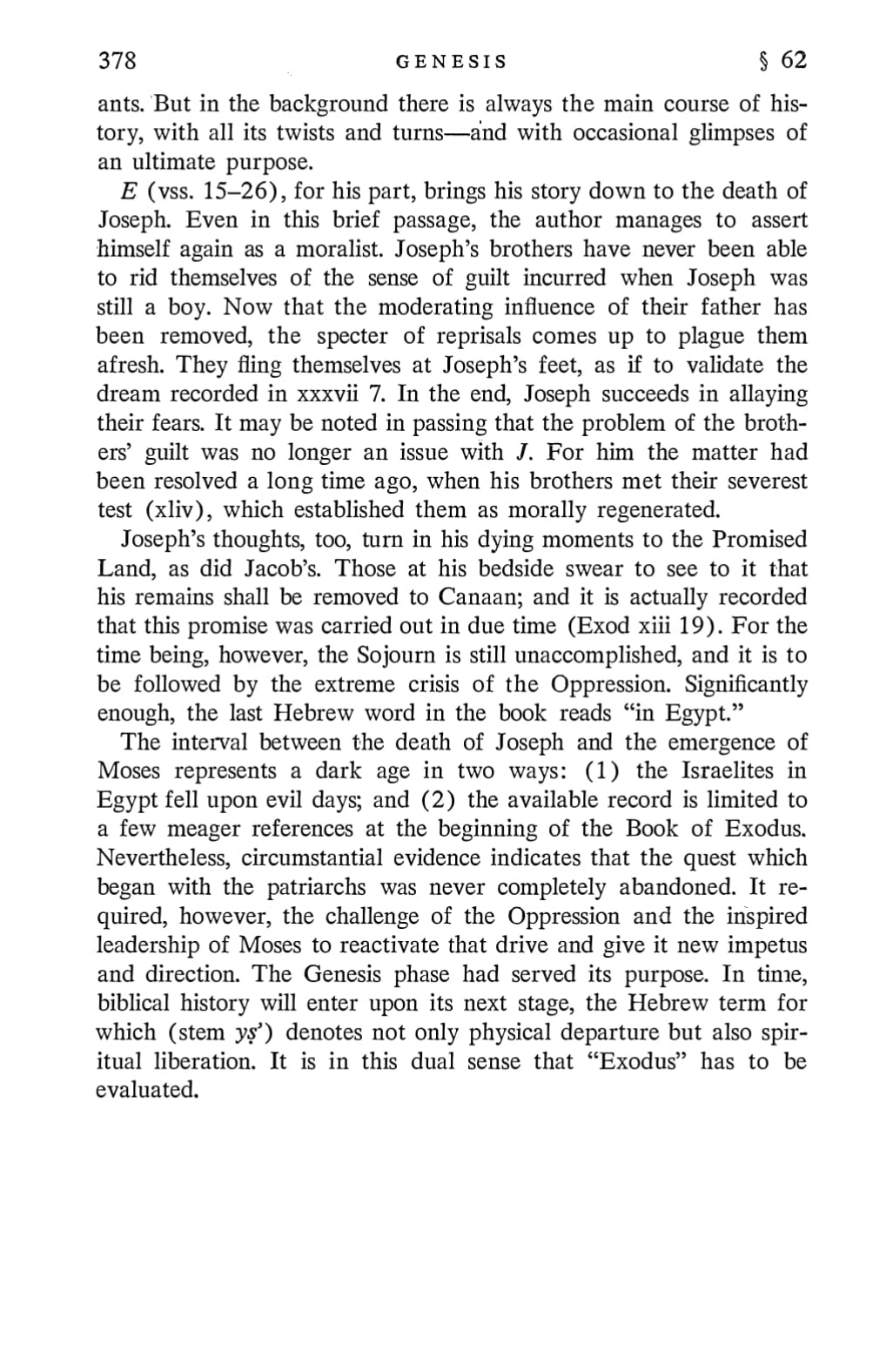
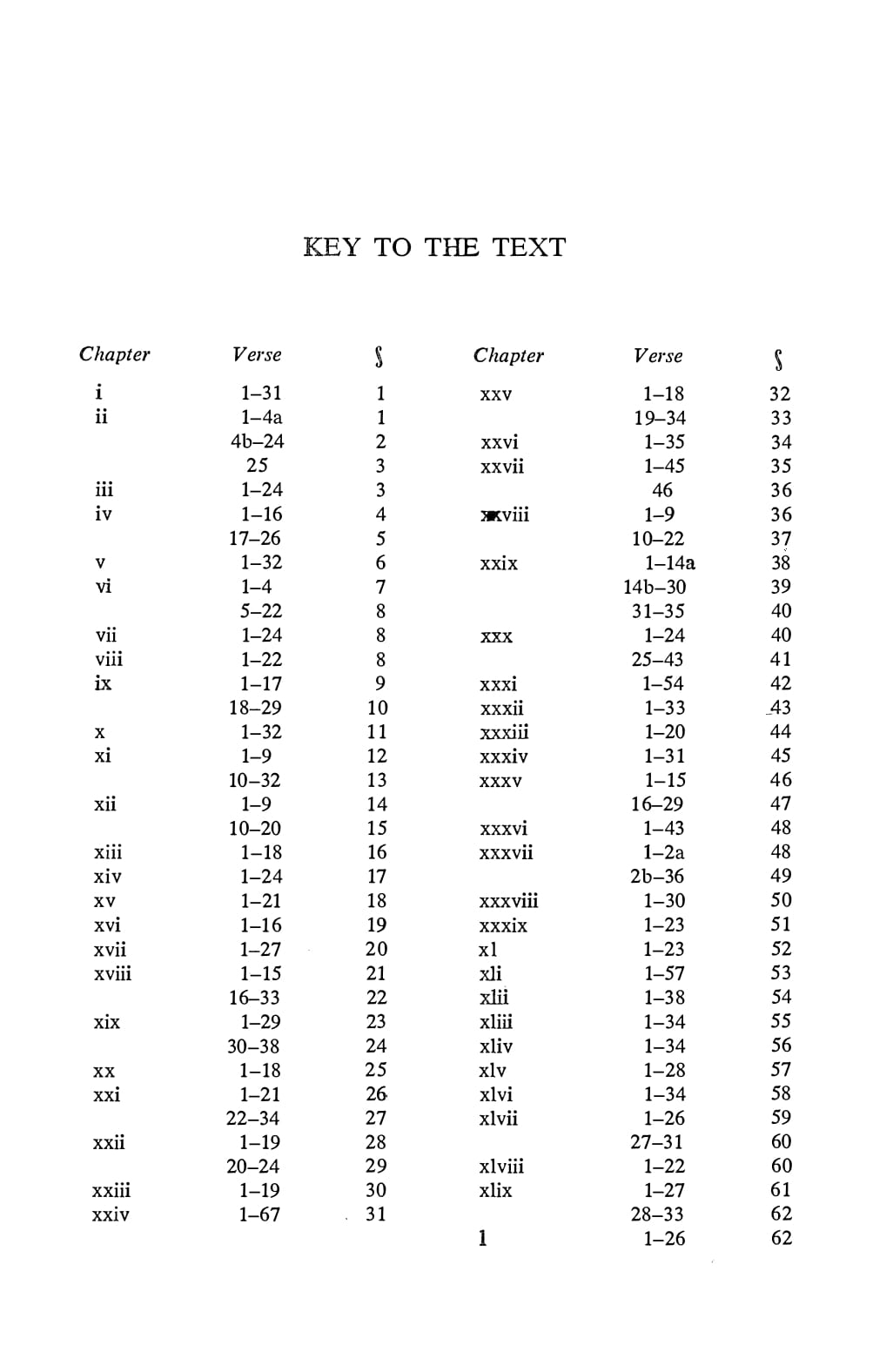
Cite this work
ChicagoSpeiser, Ephraim A. Genesis: Introduction, Translation, and Notes. First edition. Vol. I, The Anchor Bible. New York, NY: Doubleday, 1964.
